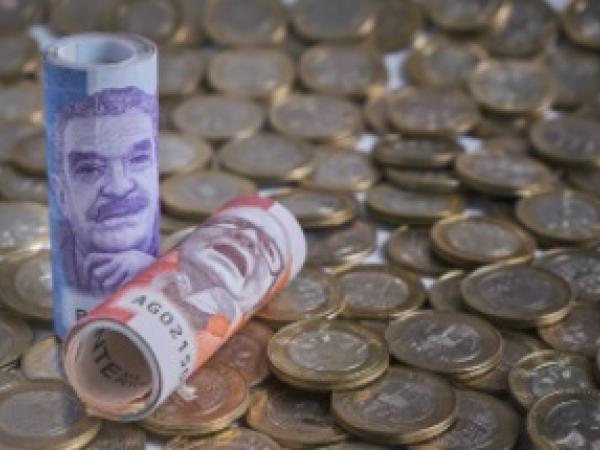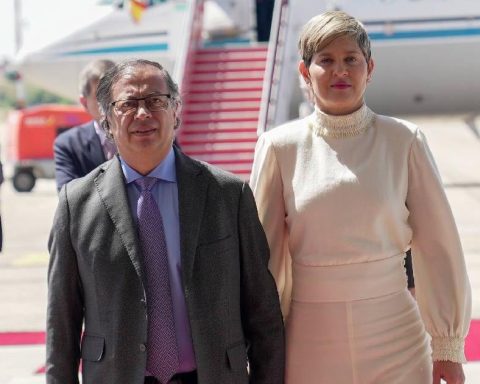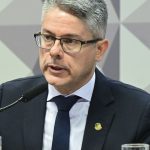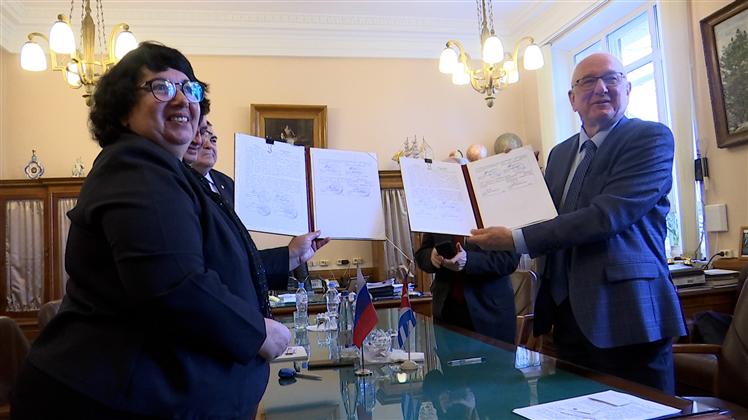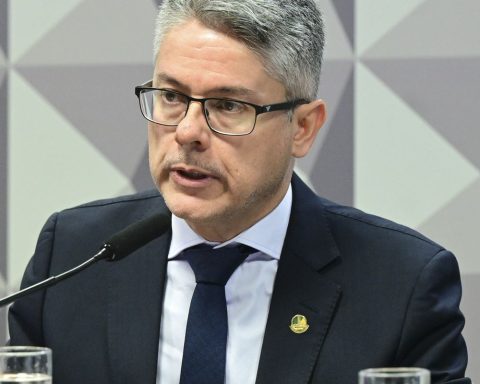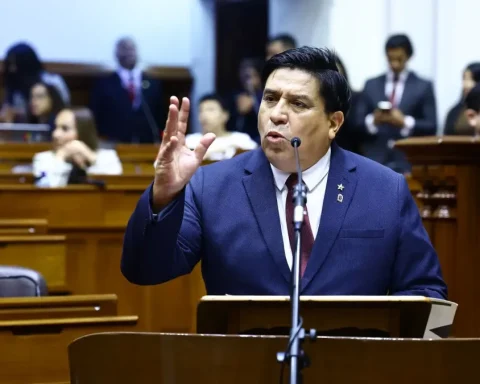The result left by Gross Domestic Product (GDP) for the first quarter, which grew 8.5%, was not only higher than what the government and analysts expected, but also set the tone for expectations for the rest of the year to begin to rise. But although the perspectives are positive, the economy will have several challenges ahead.
(See: GDP grew 8.5% in the first quarter of 2022).
The Minister of Finance, José Manuel Restrepo, assured Portfolio that “this data allows anticipating that the growth perspective for 2022 will be higher than what has been evaluated”, and highlighted that although its position is conservative and remains at 5%, “in the Medium-Term Fiscal Framework we will have to review this growth perspective and there may be positive surprises regarding the growth of the Colombian economy“, said.
From the Center for Economic Studies Anif, its president, Mauricio Santamaría, also assured that, given that his projection was between 7.5% and 8.5%, the data leads them to think “that the whole year is going to be a little higher than initially thought”, and that the GDP of 2022 will have a growth rate between 4.9% and 5.3%.
In the case of Itau, the manager of Economic Research for the country, Carolina Monzón, assured that they will maintain their forecast of 5.1% for now, but with an upward bias, a situation similar to that of Bank of Bogota, which forecasts 5.5% for the full year, which will probably be revised upwards, according to Camilo Pérez, head of economic research.
(See: Will Colombia regain investment grade soon? This says Fitch).
Likewise, José Ignacio López, head of economic research at Corficolombiana, confirmed that the GDP of the first quarter will affect their forecasts. “We are considering raising growth expectations, we believe that with this figure the year will be closer to 6% than 5.6%, we are reviewing the figures and running the models, but the bias is upwards”, he assured.
RISKS IN SIGHT
Inflation, the global situation by the Russian invasion in Ukraine, and at the local level, the elections, they have also had a cautious effect on the perception of the economy.
Andrés Pardo Amézquita, director of macroeconomic strategy for XP Investment Latin America, acknowledged that the data for the first quarter was above his estimate, but also mentioned that it had a figure above the average (8.1%), aligned with an estimate for the entire year at 6.5%, above the average of the surveys.
(See: Colombia and Latin America, faced with rising inflation and more rate hikes).
“The data leaves us in a more comfortable position so that my forecast is fulfilled or even exceeded. However, I am not going to make revisions for the time being, as I believe there may be downside risks to growth that could materialize from the presidential election or a more rapid deterioration in global growth expectations.”, assured Pardo.
From Anif, Santamaría also indicated that several elements could play against growth. The economist assured that from the point of view of demand, investment will continue to grow, but linked to the electoral issue.
“The possible governments of the candidates that exist today have very different proposals, so we are in a very boring moment of uncertainty. Let’s wait and see how the election plays out, because that’s going to largely determine what happens to growth.”, assured the president of Anif.
Santamaría also maintained that the “great cloud”, on the other hand, is in the tax landscape. “The highest risk that exists now is fiscal, and if not managed well it will make 2023 growth very bad. We are at a juncture in which the fiscal issue must be taken seriously, because that will also end up affecting external accounts.“, said.
Likewise, he said that household consumption you may lose momentum.
A more modest growth, although not a risk, is another of the points that some of the experts have also emphasized.
“The economy will continue its deceleration process”, assured Andrés Langebaek, director of economic research at Bolivar-Davivienda Group, who assures that the base effect will weigh because we are going to compare ourselves with a second quarter of 2021 that grew a lot. His estimate, he maintains, is around 4.8%.
(See: The economic recovery continued its momentum in the first quarter).
with this coincides BBVA Research. The entity announced after the GDP results that it expects “the economy to slow down progressively from the second half of this year, especially in household consumption.” The bank estimates GDP growth of 4.5% in 2022, although with an upward bias due to the better results of the first quarter.
INTEREST RATES, ANOTHER FACTOR
An element on which analysts are also keeping their eyes on due to its possible impact on growth is the rise in interest rates on the Bank of the Republic.
From Scotiabank Colpatria, Sergio Olarte, chief economist of the bank, assured that the Banco de la República will continue to raise its interest rates “and should reach 8% by July of this year, in the race to exhaust inflation expectations”.
Olarte considers that the economy will grow throughout the year above 5%
Langebaek also noted that “interest rates are going up”, and that with the current inflation could affect the consumption of families.
“This is due to the direct effect of lower disposable income, but also because as inflation increases, interest rates in the economy rise.”, he mentioned.
LAURA LUCIA BECERRA ELEJALDE
Journalist Portfolio
Twitter: @LauraB_Elejalde
